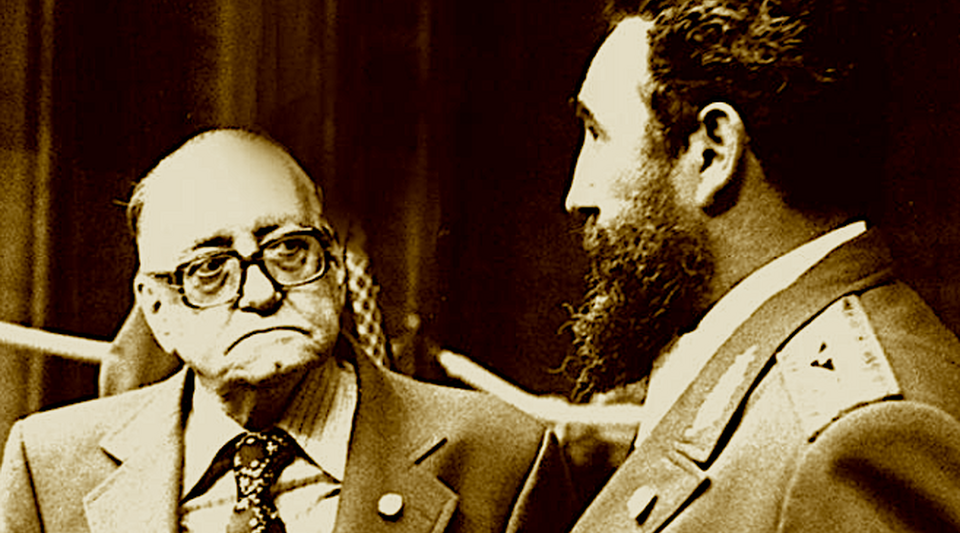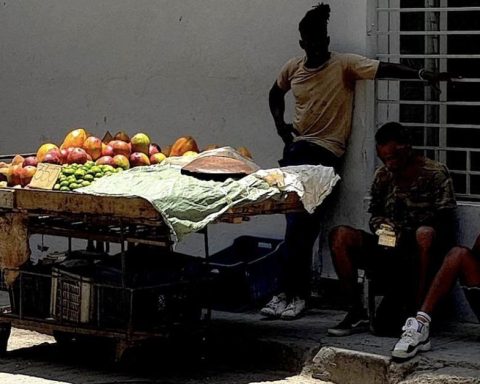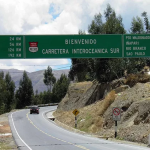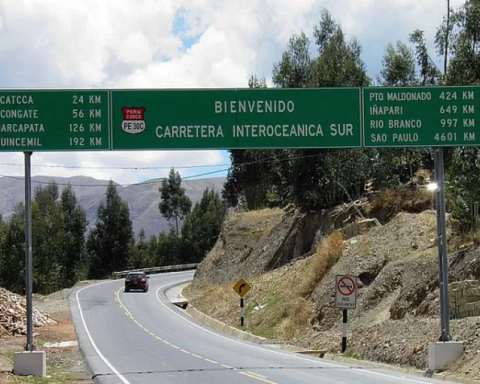According to Guillermo Cabrera Infante, Alejo Carpentier was “a man who was cautious to the point of cowardice and distrustful to the point of loneliness.” His greatest novel Age of Enlightenmentcelebrates 60 years of having been published in Mexico and the island’s cultural bureaucracy is once again doing the impossible so that the Cuban reader does not look for it, does not read it, does not understand it.
Clarifying that the impossibility of sustaining a revolution and the corruption of the caudillo are two of the core themes of the novel is already commonplace. However, for its anniversary, Cuban critics insist on presenting it as the greatest work of the “revolutionary novel” -despite the fact that Carpentier had prepared the text before 1959-, encouraged by the “epic momentum” of the process.
Those who express themselves in this way – even scholars of Carpenter’s work, such as Graziella Pogolotti – manipulate the reading of Age of Enlightenment and they gloss over the terror, chaos, and intoxication of power experienced by their main characters, particularly Victor Hughes, the cynic whom power eventually transfigures into “sullen President.”
Praised –without having read it– by Fidel and Raúl Castro, who recommended its reading within the Armed Forces, the novel deals with the arrival of French revolutionary ideas in the Caribbean and the transformation, first naive and then disenchanted, that it produces in the inhabitants of this shore.
The manuscript came with Carpentier to the Island in 1959, in his exile suitcase. The writer had already published his most important novels, the lost steps Y The kingdom of this worldIn addition to the stories of time war. Age of Enlightenment He came to complete and perfect his narrative universe.
The fall of the leader and the disillusionment with utopias were thorny issues in a country that, very soon, set the limits of expression and censorship
However, the counterpoint between the personal vision and the revolution, the criticism within the process, the fall of the caudillo and the disillusionment with utopias were thorny issues in a country that, very soon, set the limits of expression and censorship.
Carpentier’s confusing biography endorsed him as part of the “aristocracy” of the Revolution. As was the case with Emilio Roig, Fernando Ortiz, Mirta Aguirre or the former communists of the Popular Socialist Party, Carpentier was untouchable, firm against the tide, internationally recognized and head of the editorial apparatus of the new regime.
The youth of Revolution Mondaythe weekly directed by Cabrera Infante and bastion of the new aesthetics, came to read Age of Enlightenment and they did not predict a good end for the old novelist. “That book is going to lose you,” warned Heberto Padilla – in the words of the author of Three sad tigers–, “Let Fidel read it.”
Finally –and uncomfortable in a Havana that never received him well– Carpentier himself would return to a disguised exile in France, where he harbored the hope of the Nobel Prize that was never awarded to him.
There he wrote his last piece, The harp and the shadowbrief testament of a tired man, awaiting death.
Carpentier died in Paris in 1980, shortly after dedicating his Cervantes Prize to the Communist Party and sending the money to Fidel Castro, a caudillo to the standards of Victor Hugues, “contradictory, successful and even cynical.”
________________________
Collaborate with our work:
The team of 14ymedio is committed to doing serious journalism that reflects the reality of deep Cuba. Thank you for joining us on this long road. We invite you to continue supporting us, but this time becoming a member of our newspaper. Together we can continue transforming journalism in Cuba.


















